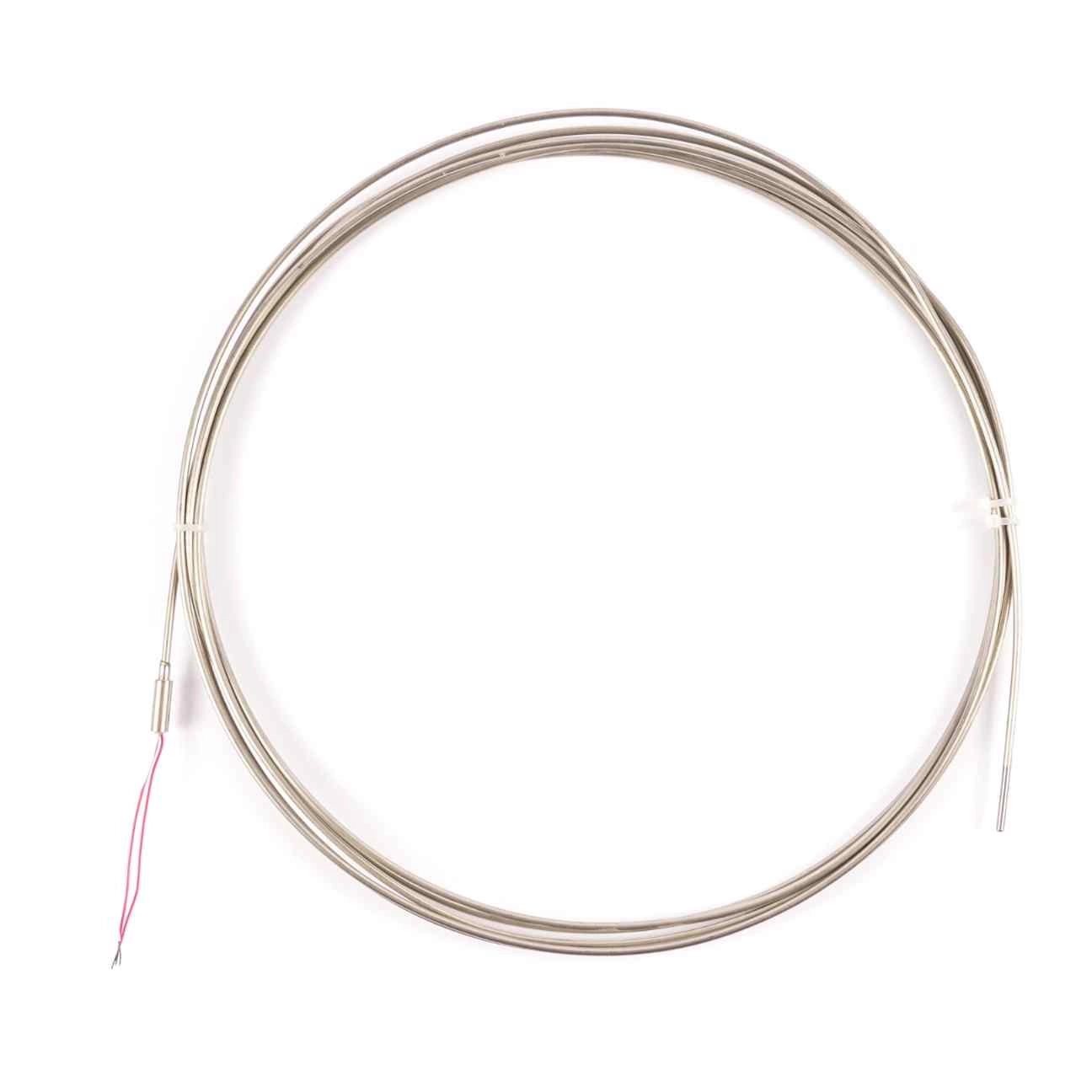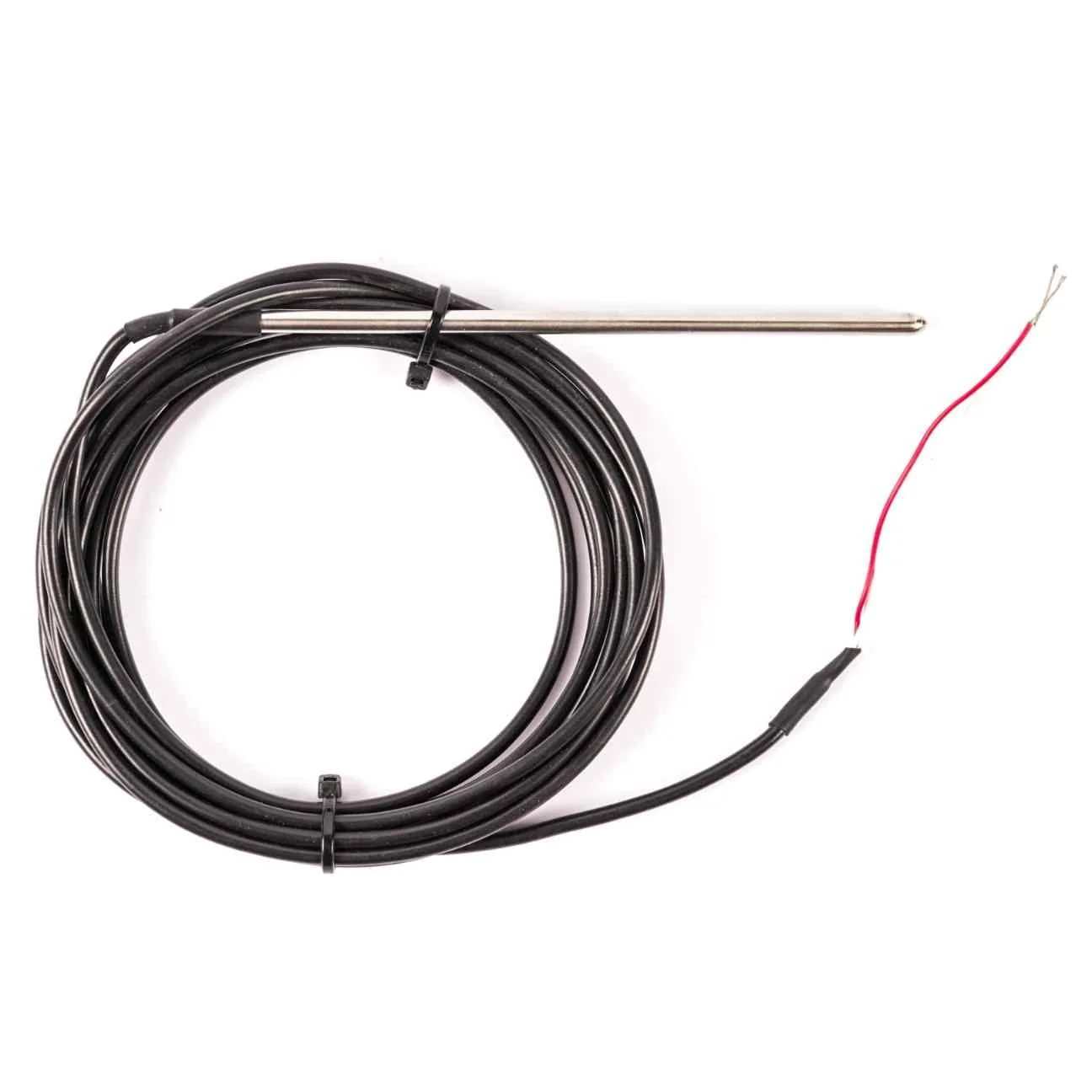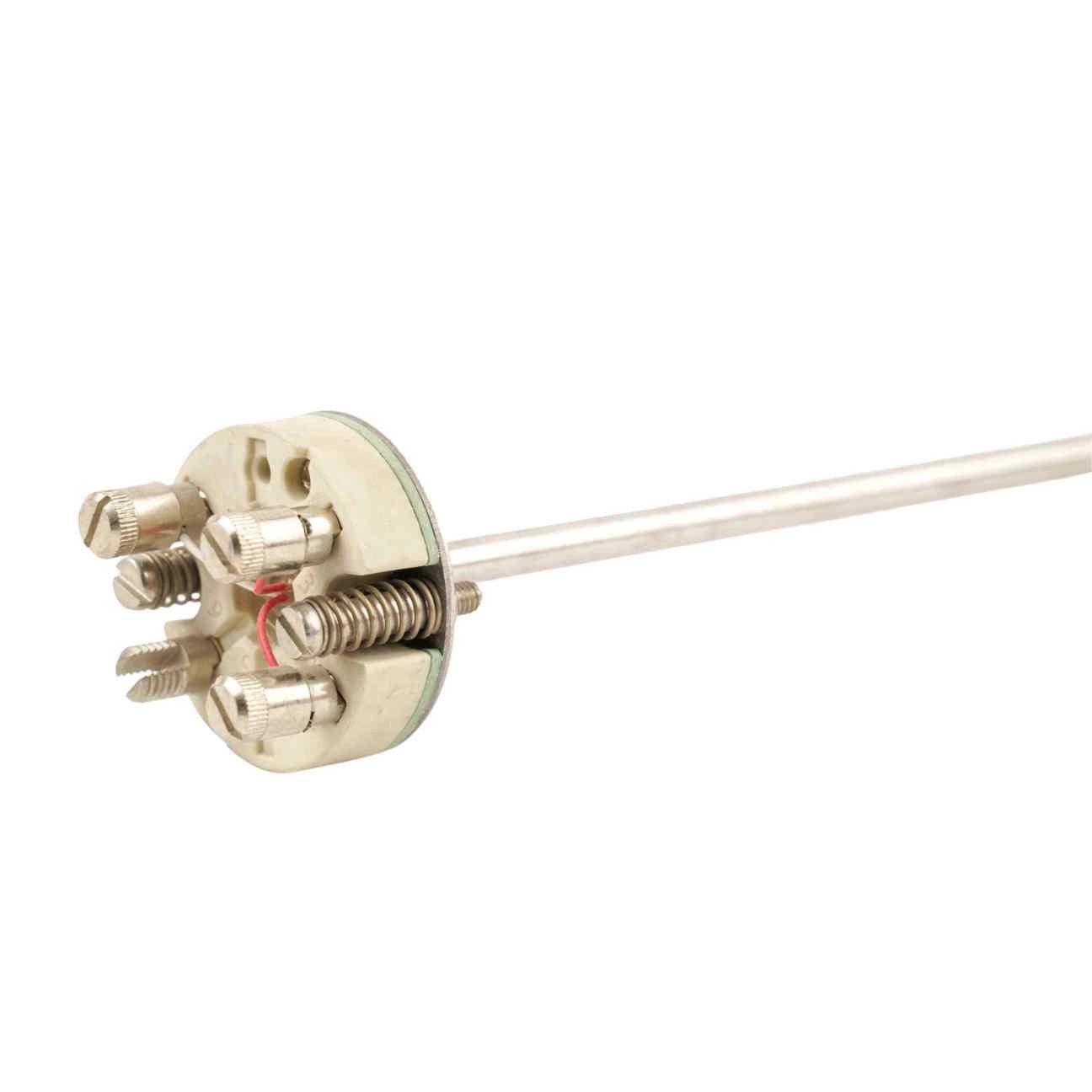What Is Pt500 Temperature Sensor?
TL;DR – Quick Summary
A Pt500 temperature sensor is a type of platinum resistance thermometer (RTD) that has a resistance of 500 Ω (ohms) at 0 °C. The “Pt” means the sensing element is made of platinum, and “500” refers to its resistance at freezing point. Pt500 sensors are valued for their stability, precision, and predictable resistance–temperature behaviour.

Introduction
If you’re looking for a reliable and accurate temperature sensor for industrial, laboratory, or commercial applications, the Pt500 RTD might be on your shortlist. This guide explains exactly what a Pt500 is, how it works, and why platinum is used for precision sensing.
What Does Pt500 Mean?
- Pt = Platinum, the metal used for the sensing element.
- 500 = Resistance of 500 ohms at 0 °C.
The Pt500 is part of the platinum RTD family, which also includes Pt100 and Pt1000 sensors. The difference lies in the base resistance at 0 °C.
How Does a Pt500 Sensor Work?
The Pt500 operates on the principle that the electrical resistance of platinum changes in a predictable way with temperature:
- Temperature rises → resistance increases
- Temperature falls → resistance decreases
By measuring the resistance, the temperature can be calculated accurately using a calibration formula or standard tables.
Why Platinum Is Used in Pt500 Sensors
Platinum is chosen because:
- It has a stable and repeatable resistance–temperature relationship.
- It offers excellent long-term stability.
- It works over a wide temperature range (–200 °C to +850 °C).
It resists corrosion and oxidation.
Applications of Pt500 Temperature Sensors
Pt500 RTDs are used in:
- Industrial process control.
- HVAC systems.
- Laboratory testing.
- Food and beverage temperature monitoring.
- Energy management systems.
They are particularly suitable where a balance between accuracy and resistance level is needed—for example, in long cable runs where a Pt100 might be more affected by lead resistance.
Pt500 vs Pt100 and Pt1000
| Feature | Pt100 | Pt500 | Pt1000 |
|---|---|---|---|
| Resistance at 0 °C | 100 Ω | 500 Ω | 1000 Ω |
| Sensitivity to Lead Resistance | Higher | Medium | Lower |
| Common Uses | Industrial, general | Long cable runs, specific systems | HVAC, low-power electronics |
Advantages of Pt500 Sensors
- Accurate and stable temperature measurement.
- Medium resistance level balances sensitivity and cable-length effects.
- Long service life and resistance to harsh environments.
FAQ – Frequently Asked Questions
Q1: Is a Pt500 more accurate than a Pt100?
No. Accuracy depends more on the class (e.g., Class A, Class B) than on the base resistance value. However, the Pt500 may perform better in some installations due to reduced lead wire effects.
Q2: Can Pt500 sensors be used with any RTD transmitter?
Not always. The transmitter must be configured for 500 Ω RTDs, so check compatibility before use.
Q3: What temperature range can a Pt500 measure?
Typically –200 °C to +600 °C, depending on the sensor design.
Q4: Are Pt500 sensors waterproof?
The sensing element itself is not, but many are supplied in waterproof probes or housings for use in wet environments.
View Our Resistance Thermometers
If you want to order a temperature sensor or you are unsure exactly what you need, get in touch and we can help you.




